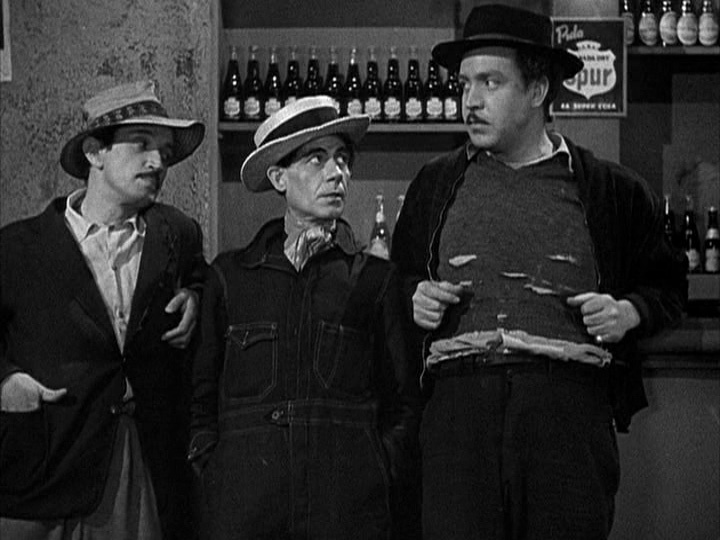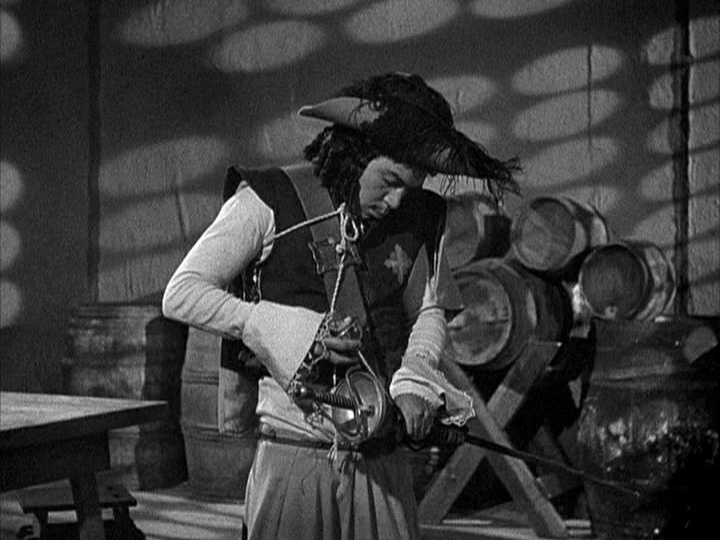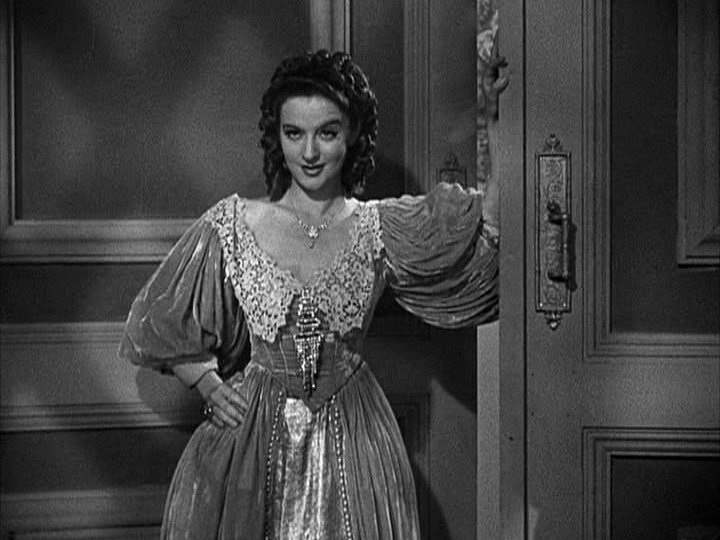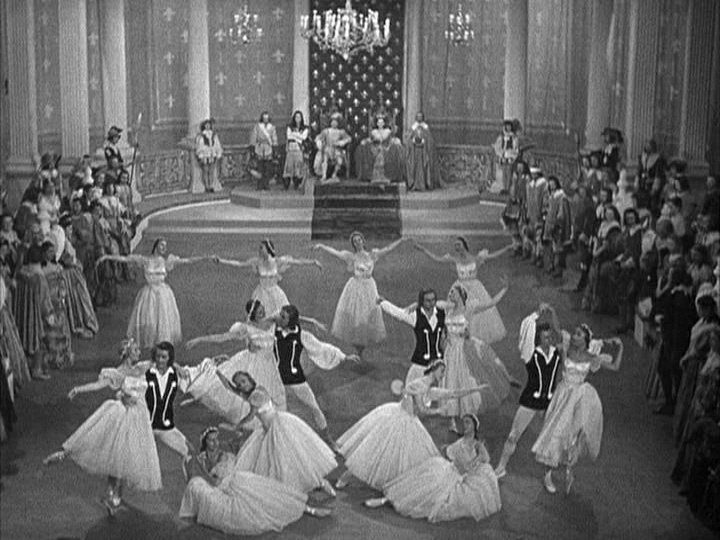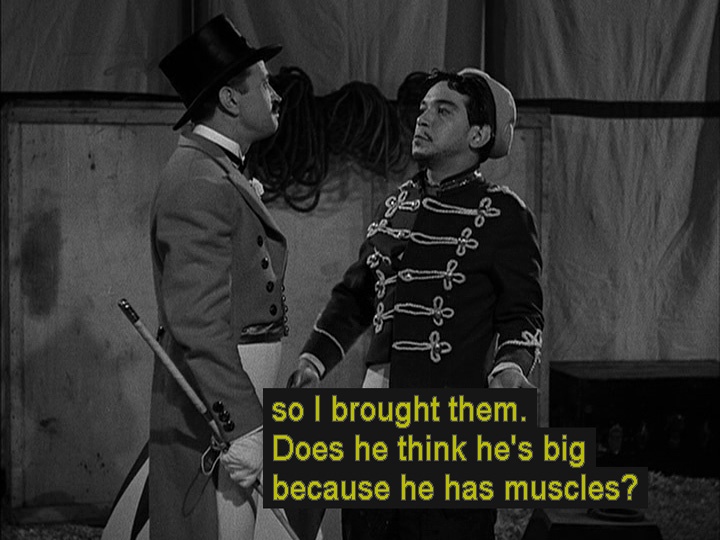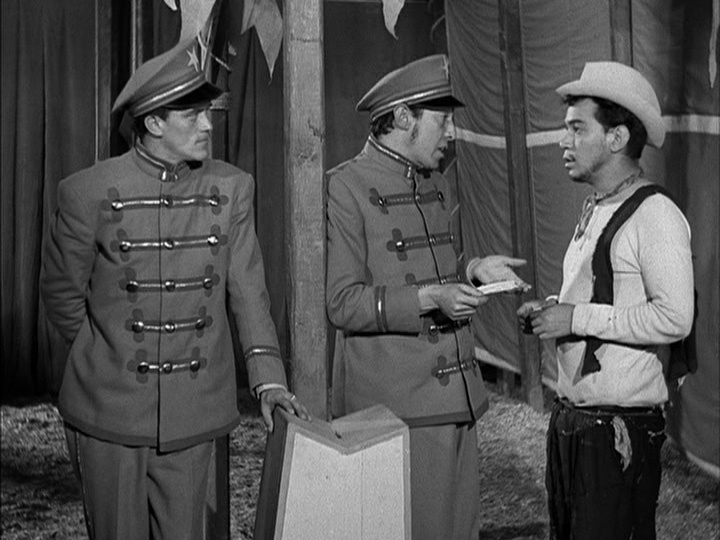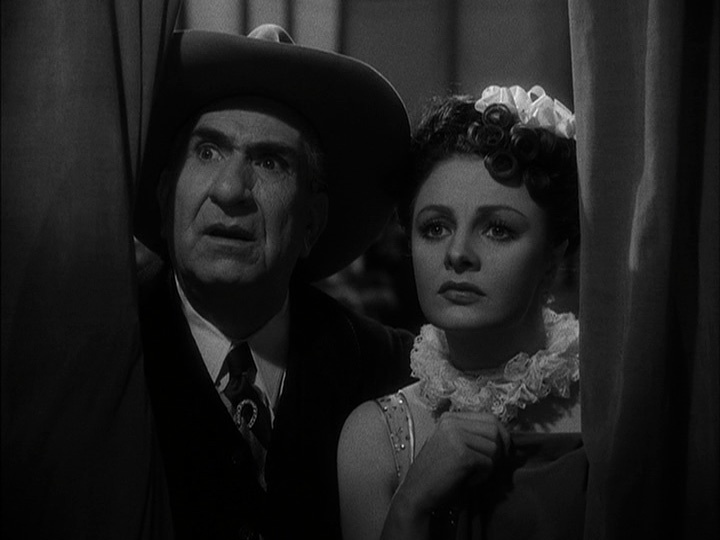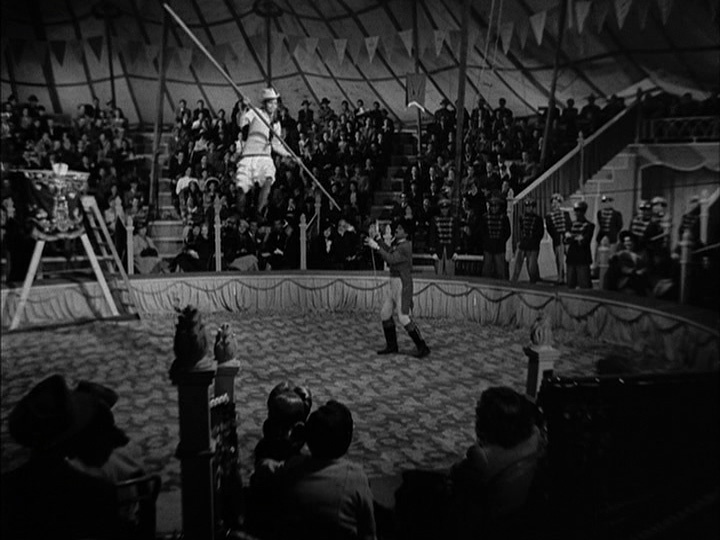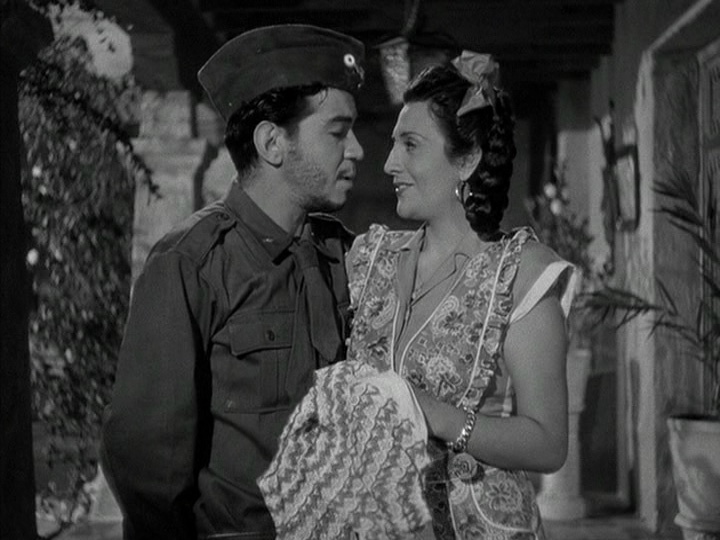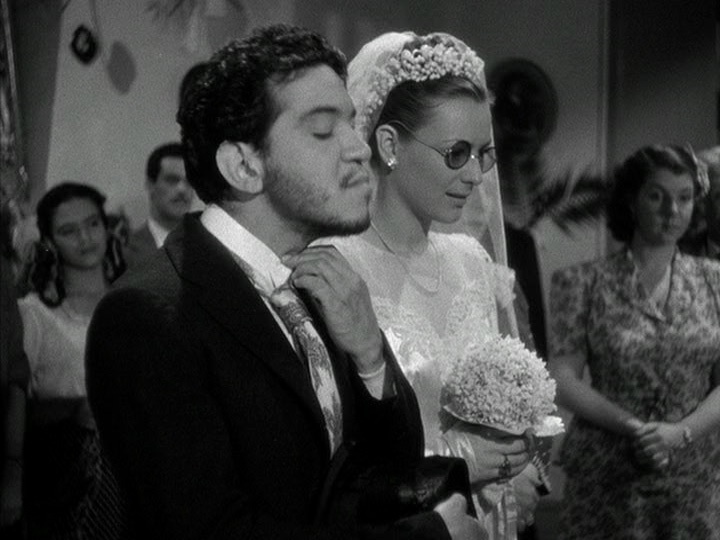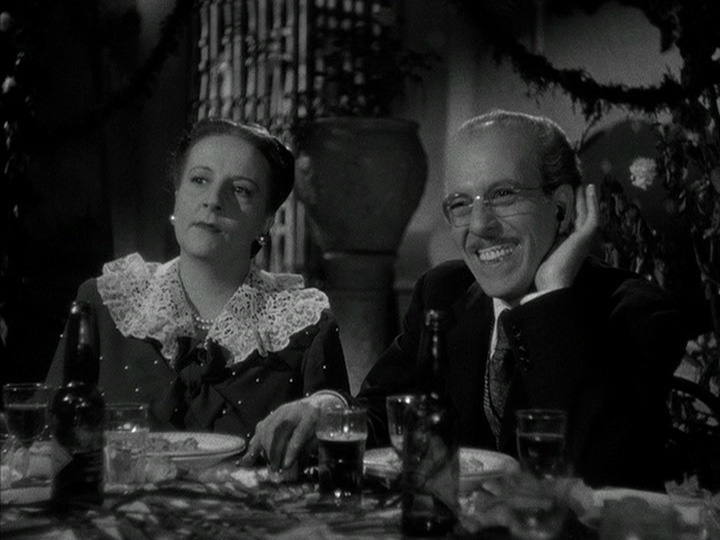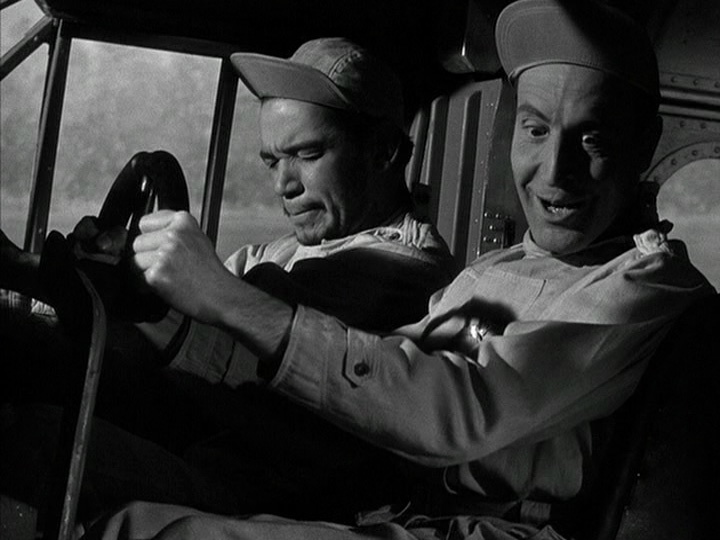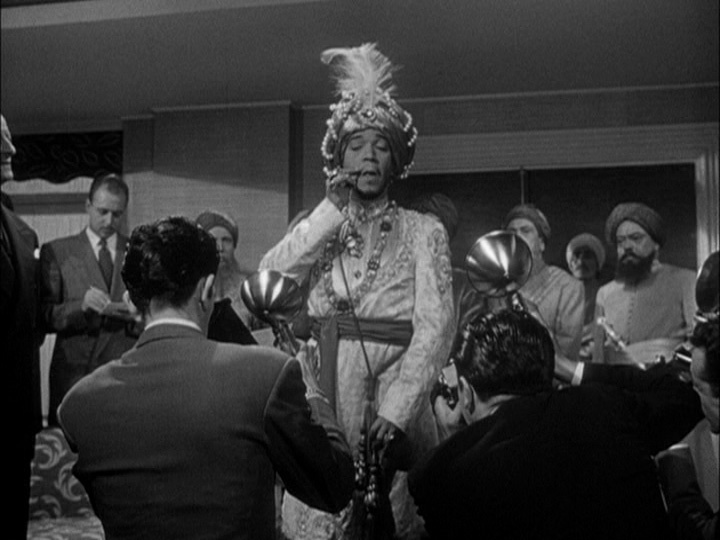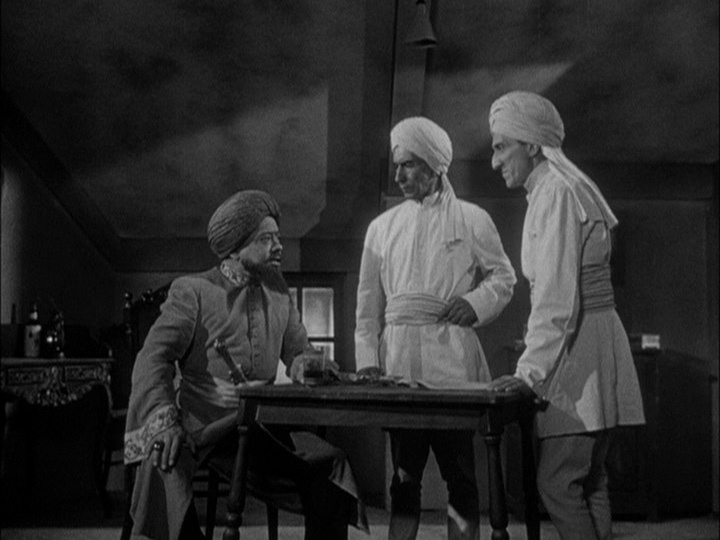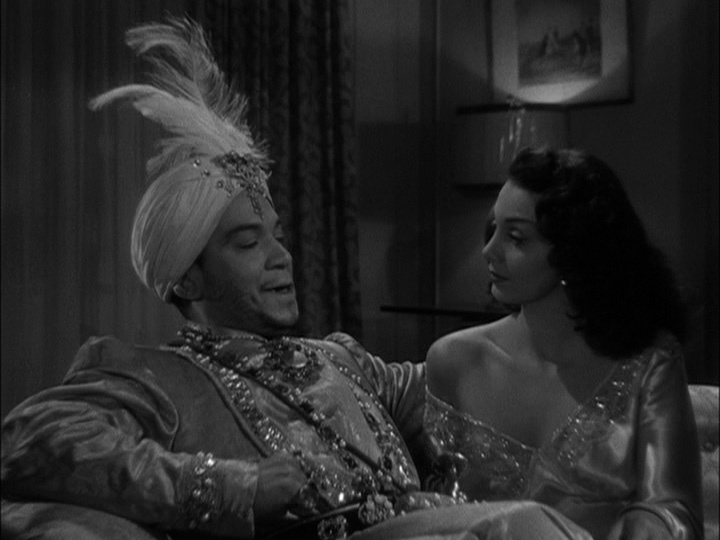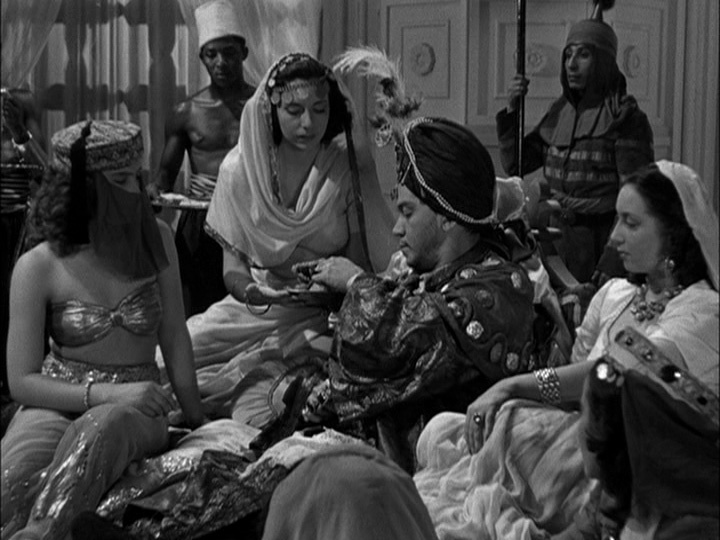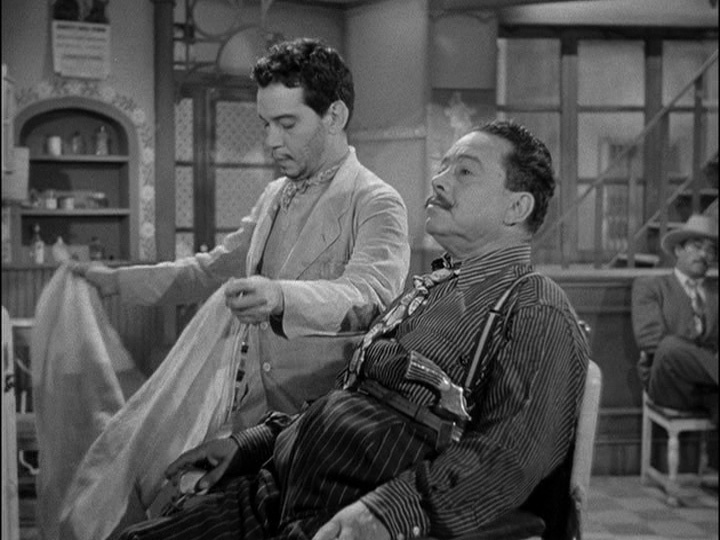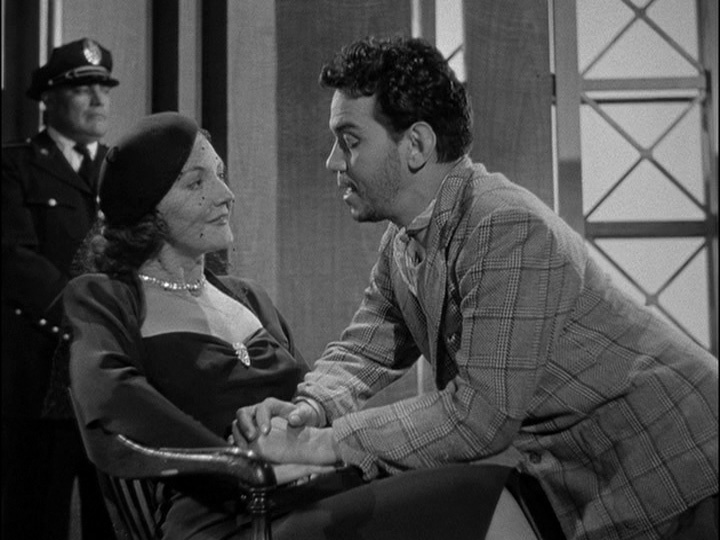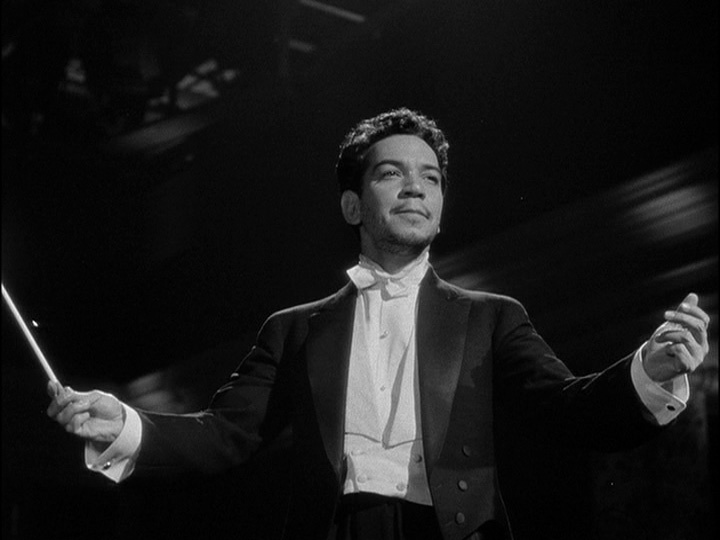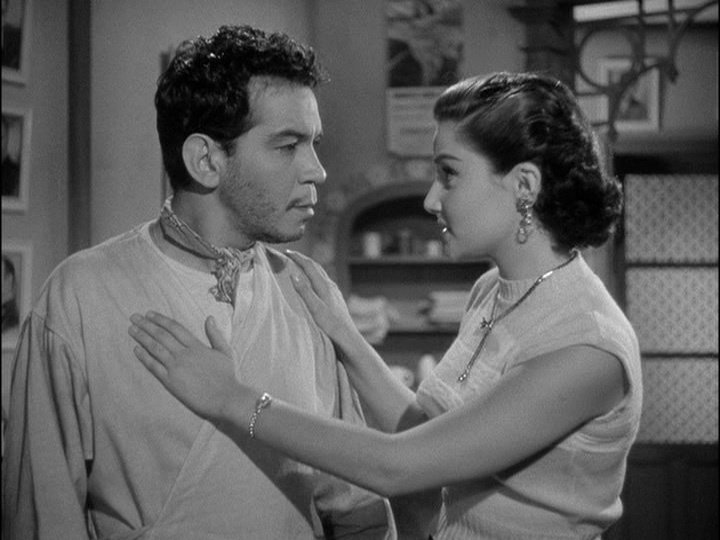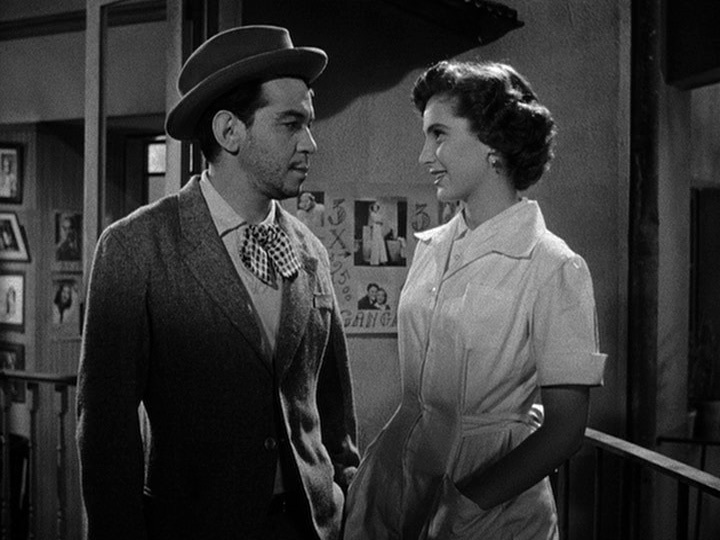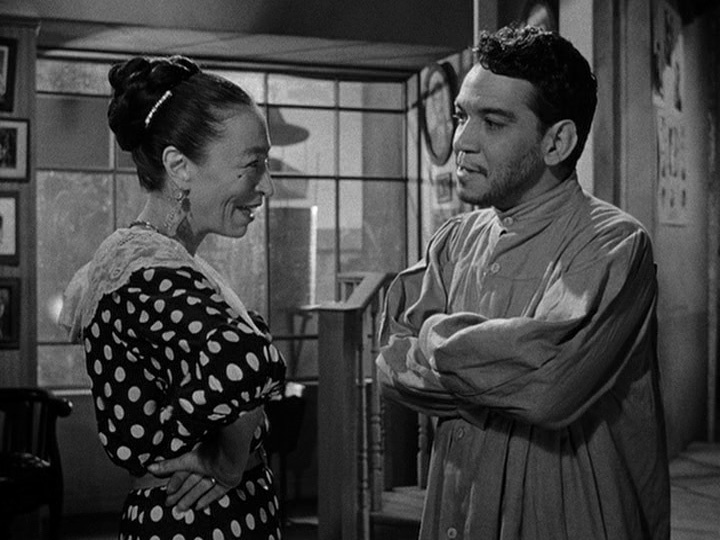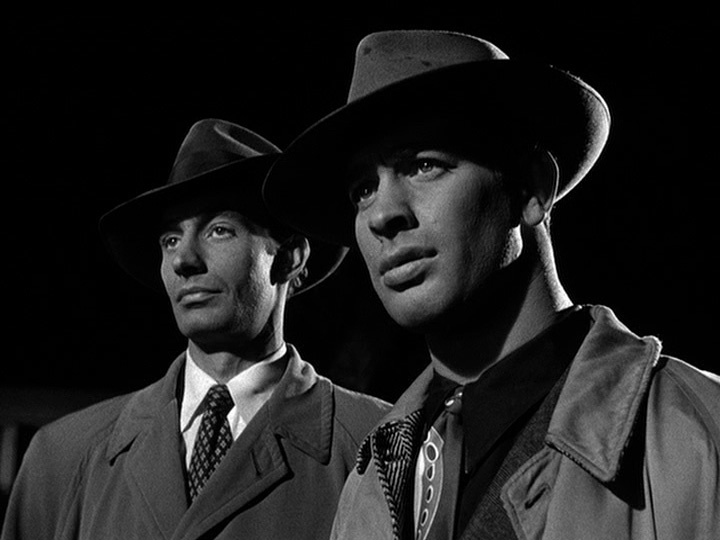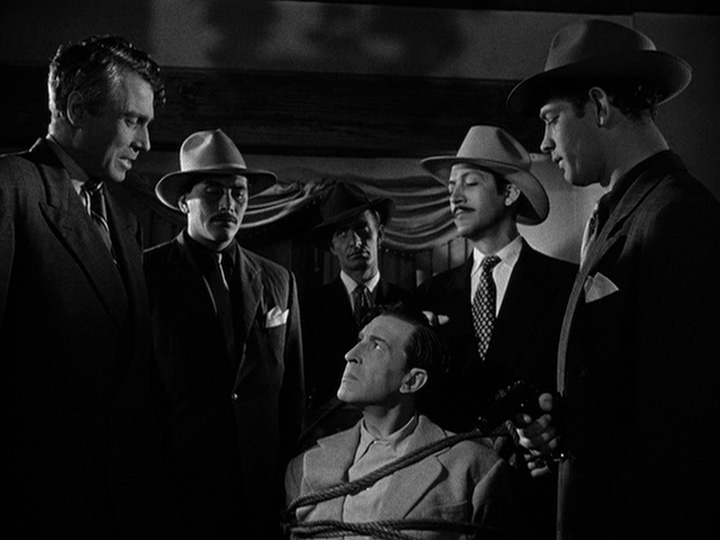![]()
![]()

![]()
![]()
|
Search DVDBeaver |
S E A R C H D V D B e a v e r |
L e n s V i e w sA view on Blu-ray and DVD video by Leonard Norwitz |
|
Introduction: Fortino Mario Alfonso Moreno Reyes, aka “Cantinflas,” created a simple, universal character whose roundabout phrases and meaningless speeches confounded those around him, but delighted Spanish-speaking audiences for decades. On May 11, Sony Pictures Home Entertainment will debut seven comedy classics starring the beloved Mexican comedian that have never before been released on DVD: A Volar Joven, El Circo, El Gendarme Desconocido, El Mago, El Senor Fotografo, Los Tres Mosqueteros, and Si Yo Fuera Diputado. In addition, four titles are being re-released: El Bolero de Raquel, El Analfabeto, El Padrecito, and Su Excelencia. Each title in the Cantinflas collection will be available separately for $14.94 SRP. Mario “Cantinflas” Moreno, whom the legendary comedian Charlie Chaplin dubbed “the funniest man in the world,” began his career in the 1930s in the “carpas” (tent shows) of Mexico City. After early attempts to find his comedic voice, he embraced his own heritage as a lowly slum dweller, and audiences enthusiastically endorsed this comic persona. With his tiny mustache tipping the corner of his mouth, a cockeyed cap over dark, disheveled hair, dirty vest and a rope for a belt, Cantinflas became the idol of the masses by satirizing the police and politicians. As a pioneer in the Mexican film industry, Cantinflas helped usher in its golden era. His foray into American cinema landed him a Golden Globe® as Best Actor for his role in Around the World in Eighty Days (1956), but his comedic presence shined brightest in his Spanish language films. People everywhere identified with the struggles of this winsome ragamuffin, and when he died in 1993, thousands endured a violent downpour in order to touch his casket as it lay in state. His funeral was a national event, lasting three days and attended by the presidents of Mexico, Peru, and El Salvador, and the United States Senate held a moment of silence for him. It’s not hard to see a connection between Cantinflas’ screen persona and the Toro-san comedies of Kiyoshi Atsimi and Yoji Yamada that followed on the other side of the globe. Tora-san is uneducated, a drunkard, a gambler, and a low level yakuza who leaves home in his teens who returns in an attempt to re-enter some semblance of a family. Comedy and romance are blended in just about every movie as Toro-san’s well-meaning, usually crude interference upsets others while he falls in love only to have his hopes dashed. It’s a familiar formula that we can find in vaudeville and the films of Buster Keaton and Laurel & Hardy, among many others. But whereas Toro-san is simple, naïve and – let's face it – a little stupid – a typical Cantinflas character always gives the impression that he knows more than he is letting on, that there is method in his madness. He is never anyone's fool. Comparisons to Chaplin are often cited, but my impression is quite different. True, El Circo and Si yo fuero disputado acknowledge Chaplin's The Circus and The Great Dictator, and both men are clever social satirists, poking at the rich and pompous - But how they go about it is very different. Chaplin is polished, artful, contrived. Cantinflas is rough, spontaneous, improvised. Chaplin is hapless. Cantinflas, a juggernaut. Look at how he wears his clothes: like his movies, they are slapdash, his trousers about to fall off at any moment. Chaplin's wardrobe is unmistakenly the product of a smart costume designer. Cantinflas is sly. He is Groucho and Chico by way of Preston Sturges. (in El Gendarme Desconocido look for a scene at a ballroom that could have been lifted directly out of The Lady Eve, released earlier the same year.) Cantinflas has some of the physicality, if not the grace, of a Buster Keaton. He tends not to repeat himself with characteristic bits of business. I have always felt that Chaplin, unlike Keaton, was keenly aware of and playing to his audience. He seems at work, even in his comedy. I feel manipulated, as if he's daring me not to sympathisize. Cantinflas couldn't care less, or he at least gives that impression. Despite the screwball nature of his comedy, Cantinflas comes across as sincere and believable, which is his special gift. The Cantinflas movies represented in Sony’s new collection covers most of his career in films beginning with academy ratio black & whites of the early 1940s to the mid-1960s widescreen color. These movies are all directed by the same man (Miguel Delgado, who also wrote all but a couple of these movies) and produced by the same studio that the actor established in 1939 (Posa Films). From the start, we see that while these movies are well photographed in terms of lighting and focus, but very little attention was paid to the most rudimentary of directorial necessities: dialogues are presented with few if any cuts to close-ups, and most shots are photographed with a fixed camera. In El Circo (The Circus) Cantinflas' work on the trapeze is performed mostly as the trapeze simply hangs still. For some of his more daring stunts the camera is sometimes so far away we cannot be certain if it is he who is doing them. This undermines both comedy and suspense. The stunts on the slack wire in El Circo are amazing no matter who is doing it, especially when you consider that there are no erasable wires to hold the guy up. In just a few years, beginning with A Volar Joven, production values improve considerably. There are more varied camera angles and more cuts. As the camera begins to move, if only a little, excitement builds. Though rarely flat in his earlier films, lighting becomes more interesting, as do the stories. Music pops up here and there to underscore the emotional tension. Sound effects are smartly and more liberally used. These are movies, not merely staged acts. |
|
El Gendarme Desconocido (The Undercover Policeman) 1941 / 110 min. / 1.33:1 / B&W Cantinflas captures three bandits who had robbed a bank the night before. Considered a hero, Cantinflas is given the title of Agent 777 because of his ability to disguise himself in many different forms. In his ultimate assignment, he transforms himself into a wealthy jewel collector to set up a group of gangsters. Two delightful dance numbers set off this little comedy of errors.
Los Tres Mosqueteros (The Three Musketeers) 1942 / 140 min. / 1.33:1 / B&W Cantinflas sneaks into a cabaret where an actress is in the audience. He persuades her to dance with him, but, at the same time, thieves steal her valuable necklace. Grateful that Cantinflas retrieved the necklace, she invites him to the studio where she is filming The Three Musketeers, where he is mistaken for an extra.
El Circo (The Circus) 1943 / 93 min / 1.33:1 / B&W Cantinflas is a lowly jack-of-all-trades who joins a circus because he is infatuated with its glamorous female star. His hapless, bumbling disrupts performances, but pleases the crowd. The circus has fallen on hard times, and the only thing that can save the circus is a daring trapeze act. Cantinflas volunteers to do the act, and creates such a sensation that a wealthy man decides to buy the circus to get it out of debt.
A Volar Joven 1947 / 96 min. / 1.33:1 / B&W Cantinflas is a member of the Military Aviation Academy on a 24-hour leave. He goes back to the ranch where he left his sweetheart and his former employers. While there, his employers try to marry him off to their daughter whom he finds unattractive. To avoid having to marry the girl, Cantinflas tries every trick in the book to avoid his fate.
El Mago (The Magician) 1949 / 100 min. / 1.33:1 / B&W Cantinflas goes from the streets of Mexico to the fabulous palaces of the Far East. Overnight, he becomes a Caliph, then a magician, then several other fascinating characters, each one providing another facet of Cantinflas’ unique human comedy. I kept expecting Crosby and Hope to pop up.
Si Yo Fuera Diputado (1952) 1952 / 96 min. / 1.33:1 / B&W Cantinflas stars as the owner of a barbershop, where he studies law with the help of Tio Juan (Andres Soler), once a very successful attorney but is now too ill to practice. Before long, Cantinflas begins his law practice and goes on to win many cases. Eventually he runs for office against the local political machine.
El Señor Fotógrafo (Mr. Photographer) 1953 / 100 min. / 1.33:1 / B&W Cantinflas plays a photographer captured by gangsters while trying to steal flowers for his girlfriend. The gangsters mistake him for the assistant to a scientist who has discovered a formula for a new atomic bomb. Cantinflas convinces the gangsters that a rubber ball he is holding is the real atomic bomb.
El Bolero de Raquel 1957 / 101 min. / 1.85:1 Anamorphic / Color After arriving late and tipsy to his friend's funeral, Cantinflas is left in charge of his friend's son by the widow. Cantinflas and the boy, Chavita, meet Chavita's teacher, who convinces Cantinflas that he should also go to school. When Cantinflas meets the teacher again they confess their love.
El Analfabeto (The Illiterate One) 1961 / 128 min. / 1.85:1 Anamorphic / Color Cantinflas plays a young illiterate who receives a letter informing him that his rich uncle has passed away leaving him a great fortune. However, he'll need to learn to read and write before understanding the letter.
El Padrecito (The Little Priest) 1964 / 130 min. / 1.85:1 Anamorphic / Color Cantinflas stars as the new priest in a town set in its ways. Thinking he is going to take the place of their beloved priest, none of the townspeople like him. While there, he stirs up controversy with his eccentric way of doing things.
Su Excelencia (His Excellency) 1967 / 133 min. / 1.85:1 Anamorphic / Color Cantinflas works at the embassy for his native Los Cocos, distributing visas to those wishing to visit his homeland. At this time, the world is divided into two sections: those countries that are red and those that are green. Because both sides are evenly matched and Los Cocos has the deciding vote, Cantinflas becomes the Ambassador of Los Cocos and both sides try to persuade him to join them. |
Titles of DVDs Reviewed
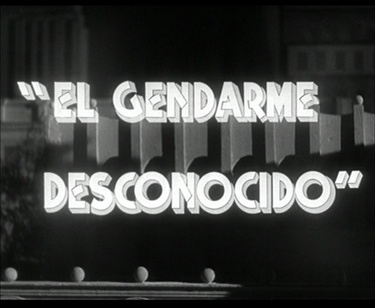 |
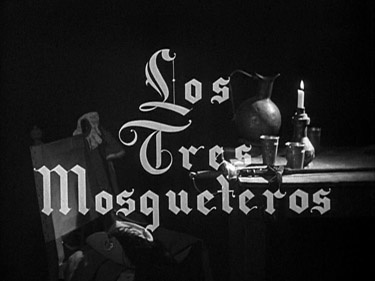 |
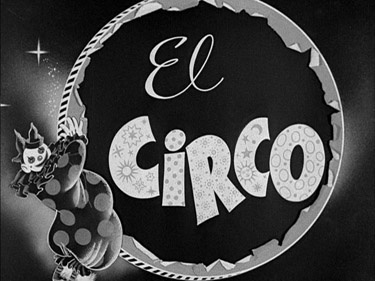 |
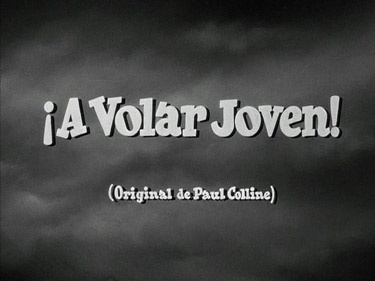 |
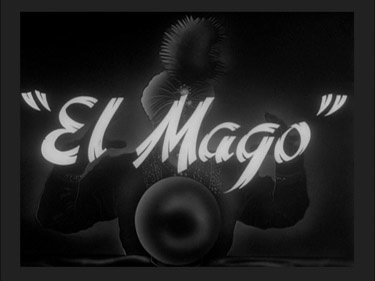 |
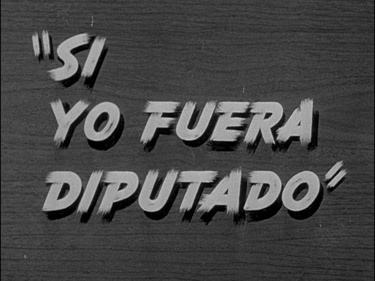 |
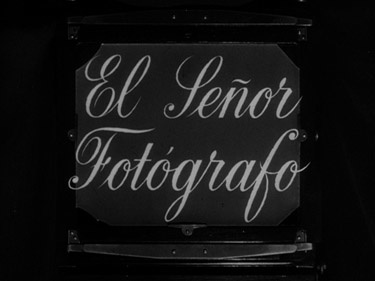 |
|
Sony Pictures - Region 1 - NTSC DVD Reviews of : El Gendarme Desconocido (1941), Los Tres Mosqueteros (1942), El Circo (1943), A Volar Joven (1947), El Mago (1949), Si Yo Fuera Diputado (1952) + El Señor Fotógrafo (1953) |
| Bitrate: El
Gendarme Desconocido |
|
| Bitrate:
Los Tres Mosqueteros |
|
| Bitrate:
El Circo |
|
| Bitrate:
El Señor Fotógrafo |
|
| Bitrate: El Mago |
 |
| Audio | Spanish (original mono) |
| Subtitles | English, None |
| Features |
Studio: Theatrical: Posa Films, S.A. Video: Sony
Video: 4:3 Resolution: 480p Region: 1
Extras: (none)
Standard DVD clamshell cases for each movie Release Date: May 11, 2010 |
| Comments: |
Image: The seven Cantinflas movies reviewed here are new to the States in this format, and go back to the early 1940s. They are all B&W, 1.33:1 @ 720x540, except for the first one, El Gendarme Desconocido, which is presented in a letterboxed format that resolves to 640x480.
I started my viewing with El Circo (The Circus) and was immediately impressed by the clarity and contrast, comparable to many a Hollywood movie of the period. Print damage is limited to occasional flecks. No scratches to speak of and no missing frames. These are treasured films, I thought, not mere historical artifacts. In scene after scene I was impressed by its sharpness and how well the contrast holds up. In some of the big tent scenes the lighting does not reveal as much information in the shadows as I felt it should, even considering the circumstances. But other than that, the image is a delight.
The two earlier films, El Gendarme Desconocido and Los Tres Mosqueteros, have noticeable but fleeting moments of film damage of one sort or other, but I stress that these do not last but a few frames. From El Circo on the damage is limited pretty much to specks, and very few of them. As already mentioned, contrast is generally very well handled in the transfers. Resolution is weak only in the two earliest films. All films are transferred with their grain intact, which means that El Gendarme Desconocido and Los Tres Mosqueteros show more of this than others and they are softer as well. Los Tres Mosqueteros suffers from a low bit rate, no doubt needed to contain the two-hour-plus movie onto a single layer disc. In all cases the bit rate is consistent with the run time.
By the time we get to 1947 and the fourth film in the series, A volar joven, image quality is consistent with a typical Hollywood "B" picture from the late thirties or early forties. El Señor Fotógrafo is far and away the most daring of the bunch with smart touches of high contrast noir and the deepest blacks. I noticed no attempts to either brighten the image or increase the black levels for any of the movies. And, bless them! no edge enhancement was noticeable anywhere.
Audio: The audio is serviceable and, as anticipated, it gets better with the later movies. The earlier films have almost no musical soundtrack as such, relying instead on music from on-screen bands and orchestras. The films are busy enough with other distractions that we might not even have noticed. Dialogue, too, gets better with youth. El Gendarme Desconocido and Los Tres Mosqueteros are the only two that suffer to any noticeable degree with a constricted dialogue track. In the first movie, it can become a little shrill in the busier scenes.
Extras: None.
Operations & Subtitles: Truly, these DVDs are the barest of skeletons, with no chapter search or special features of any kind. At the start of the earliest of these films, El Gendarme Desconocido, there are even a couple of paragraphs that place the comedy of Cantinflas in a larger context that goes entirely untranslated! Nor can we depend on the back cover for reliable information: All seven of the new titles are supposedly "1.85:1 Anamorphic Widescreen". Now, really! At least they know they are in Black & White and not Color. Subtitle and Audio options are also correctly listed, and timings are correct within a minute or two.
I have good news and bad news for folks, like myself, who must depend on subtitles. It must have been a formidable task to convey any sense at all of the actor’s Cantinflismo trademark double talk in another language. We only have ask ourselves how Groucho and Chico could be rendered in a language other than English to get an idea of the task. Puns, idioms and slang would naturally go right past me. On the other hand, the thing about non-sequitors is that they seem almost random. So I can say with some authority that if there are grammatical mistakes, it really doesn’t matter very much – except when other people are speaking – and those seem to be translated without mishap. Spelling errors are very few and far between. Attempts at idiomatic English are acceptable-to-good.
That’s the good news.
Alas, the bad news is very bad. Not only are the subtitles in yellow (yuk!), but they are too large, matted (see screencap), at times placed over significant areas of the action, every once in while across someone’s face. It’s hard to know how something as wrong-headed as this could have been approved, but approved it was. For you Spanish speakers out there: consider yourselves fortunate.
Recommendation : 7Comedy being a matter of taste, I can only add my feeling that Cantinflas translates more readily to the West than Toro-san. The action is clear enough and the plots simple enough that the subtitles, invasive though they are, can be ignored on a second watching. While Cantinflas is something of a household name outside the U.S. he is known here in the States almost entirely through the character of Passepartout in the Oscar-winning 1956 movie, Around the World in 80 Days. Sony has provided an excellent sampling of his work for us. Since there is no price advantage to purchasing all seven (or eleven) titles in one go, might I recommend starting with El Señor Fotógrafo or A Volar Joven.
A final note: This review is limited to Sony's seven new DVD releases. My sources tell me that the four movies listed above in widescreen/color are simply getting a new cover (though I much prefer the old) with no upgrade to the picture, audio or extra features. Up until now this quartet of delicious comedies has been available in a four-pack at a price less than if purchased separately. Be advised. |
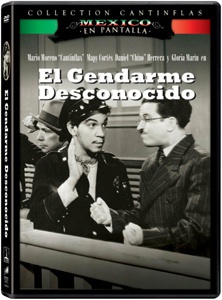 |
|
|
El Gendarme Desconocido (The Undercover Policeman)
Screen Captures
|
|
|
|
|
|
|
|
|
|
|
|
|
|
|
|
|
|
|
|
|
|
|
|
|
|
|
|
|
|
|
|
|
|
|
|
|
|
|
|
|
About the Reviewer: I first noticed that some movies were actually "films" back around
1960 when I saw Seven Samurai (in the then popular truncated version),
La Strada and
The Third Man for the first time. American classics were a later and
happy discovery.
BLU-RAY STORE ALL OUR NEW FORMAT DVD REVIEWS
|
![]()
![]()
![]()
![]()

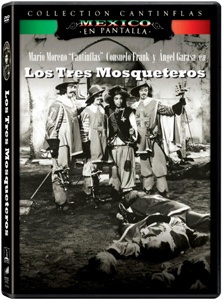
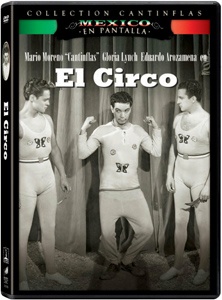
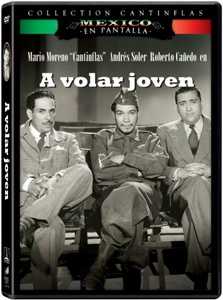
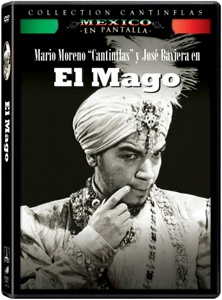
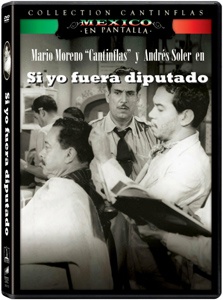
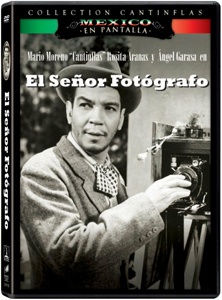
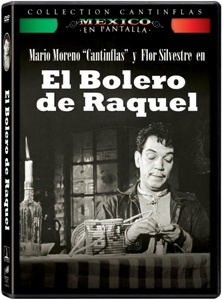
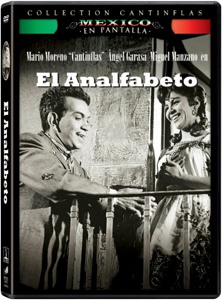
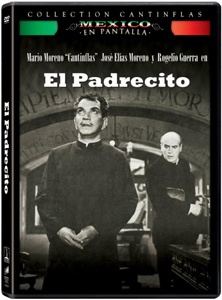
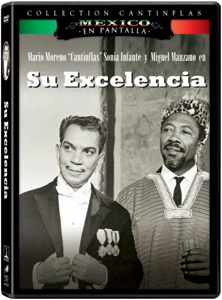
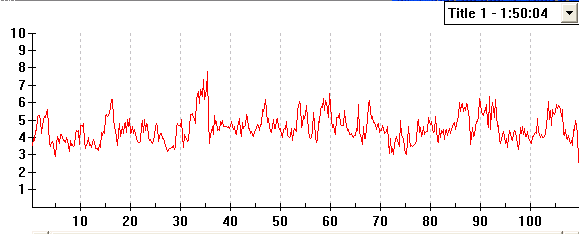
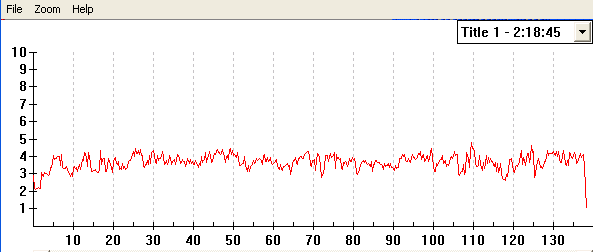
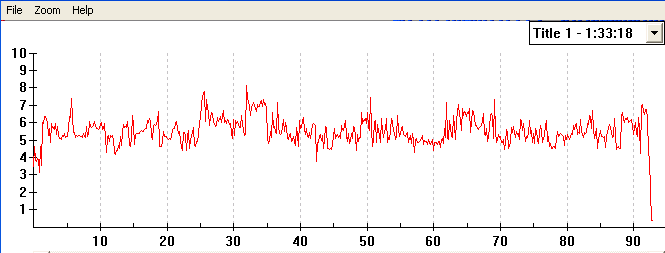

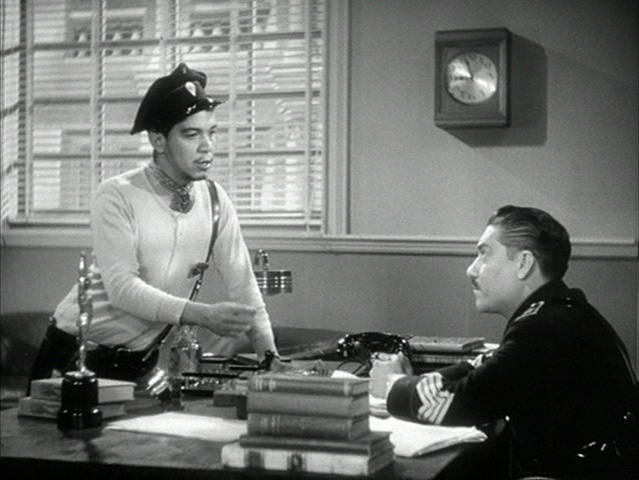
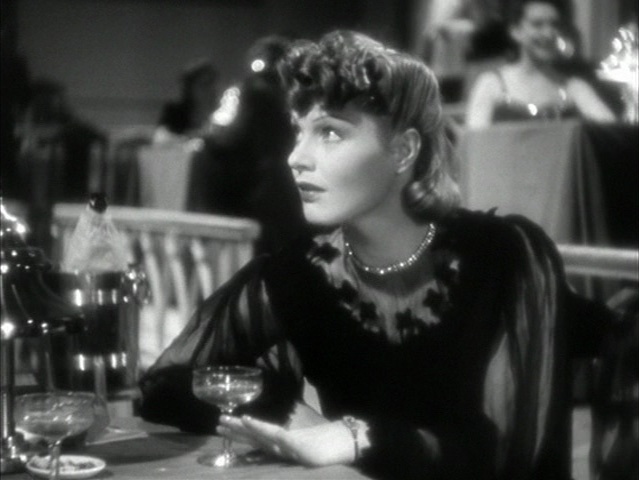
.jpg)
.jpg)
